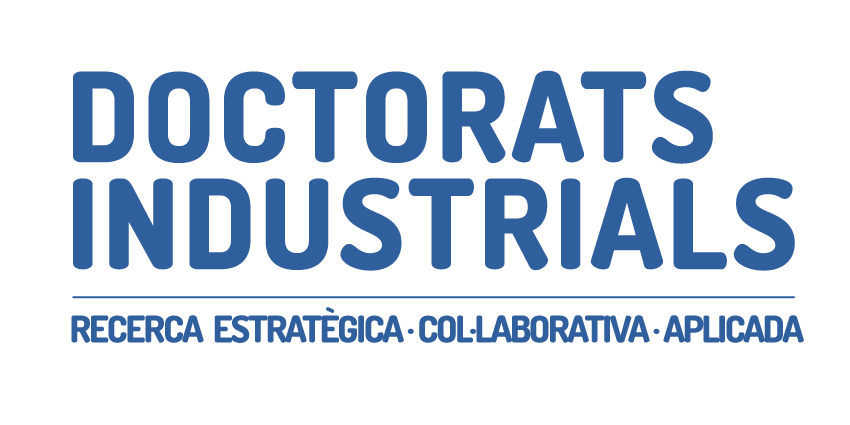Descripció del projecte
Technological progress is bringing about many new potential therapeutic and diagnostic approaches to disease management. Some of these approaches imply a change in the current accepted gold standard solution to the corresponding clinical conditions, while some others represent a real breakthrough to current medical practices. These technological innovations include, among others, new materials (e.g. nanomaterials, genetic materials, biopolymers), new manufacturing techniques (e.g. additive manufacturing and its forms, such as electrospinning and 3D printing), artificial intelligence and big data, “omics” technologies (e.g. genomics, proteomics and metabolomics), and combinations thereof. As science and technology progress, regulatory science must advance in tandem to ensure these innovations can be safely and effectively assessed. However, due to their disruptive and complex features, solutions based on these technologies often lack a clear legal and regulatory framework, thus hindering translation into patient access.
As referred to in the recently published document by European Medicines Agency (EMA) EMA Regulatory Science to 2025, Regulatory Science faces important challenges to develop regulatory standards and tools applicable to such breakthrough developments. One key area in this transformational research is Nanomedicine, which uses nanotechnological approaches to solve medical problems. On the one hand, due to the small size of nanomaterials, their properties completely differ from their macroscopic counterparts, which allows exploring interesting functionalities (e.g. encapsulation, targeting, controlled-release, sensing, tracking, monitoring, among others) in a wide range of therapeutic and patient-management applications, including drug-delivery, wearables, regenerative medicine, precision medicine, theranostics , and others. On the other hand, concepts like biodistribution, pharmacokinetics and toxicity are completely different in the nanoscale.
Nanotechnology has found a great niche in the market of medical devices . Examples like CaP nanoparticles as implantable biomaterials artificial bone grafts or gold nanoparticles conjugated to specific antibodies as in vitro diagnostic devices are already commercially available . In Europe, the current legal framework pertaining to medical devices (MDs) and in vitro diagnostics (IVDs) is in a particularly interesting phase as next year (on 26th May 2021) a new MD Regulation (EU/2017/745, as amended) will fully displace the corresponding directives for MDs and Active Implantable MDs, laid down by Dir. 93/42/EC and Dir. 90/385/EC, as amended, respectively. One year later (on 26th May 2022), the new IVD Regulation (EU/2017/746) will substitute the corresponding IVD Directive 98/79/EC, as amended. This new legal framework is much more in pace with current technological progress than the old directives regime and includes specific considerations for nanotechnology and its applications. Yet, globally, nanotechnology healthcare applications lack nowadays substantial regulatory guidance.
This doctoral thesis aims to investigate a selection of emerging issues in the context of nanotechnology, their implications for regulatory science in general and more specifically for MDs and IVDs consisting of or involving nanotechnology, from an EU standpoint. For this, the following aspects shall be investigated:
– Compared legal and regulatory framework for nanotechnology applications in EU and US (including qualification, classification, applicable requirements and available guidance).
– Trends in innovative nanotechnology research with potential impact in healthcare (including materials and applications, biocompatibility profile or critical quality attributes of novel devices with nanocomponents).
– Relevant aspects for characterization and safety assessment of nanotechnological solutions
– Identification of gaps, especially with regards to regulatory guidance and pathways to innovative and complex nanotech applications.
This work is to be conducted using Horizon Scanning methodologies and systematic compared global analysis of applicable legal frameworks and regulatory standards and tools. Approaches, critical discussions and conclusions will be published as whitepapers in specific and international peer reviewed journals.
Typically the following regulatory activities could be conducted:
i. Viability assessments of the technologies under development
ii. Regulatory roadmaps to identify applicable requirements and recommended preclinical and clinical testing plans
iii. Engaging with regulators through scientific advice meetings with competent authorities (including the EMA, National Competent Authorities, Notified Bodies and/or Expert Panels)
iv. Regulatory oversight of milestones accomplishment during the whole project execution,
v. Compilation of regulatory documentation for the ultimate applicable regulatory assessment procedures.
The outcome of this research aims at clarifying the current understanding of nanomedicine MedTech applications in regulatory science, identify relevant gaps, and contribute in the development of new guidances for novel products and solutions.



